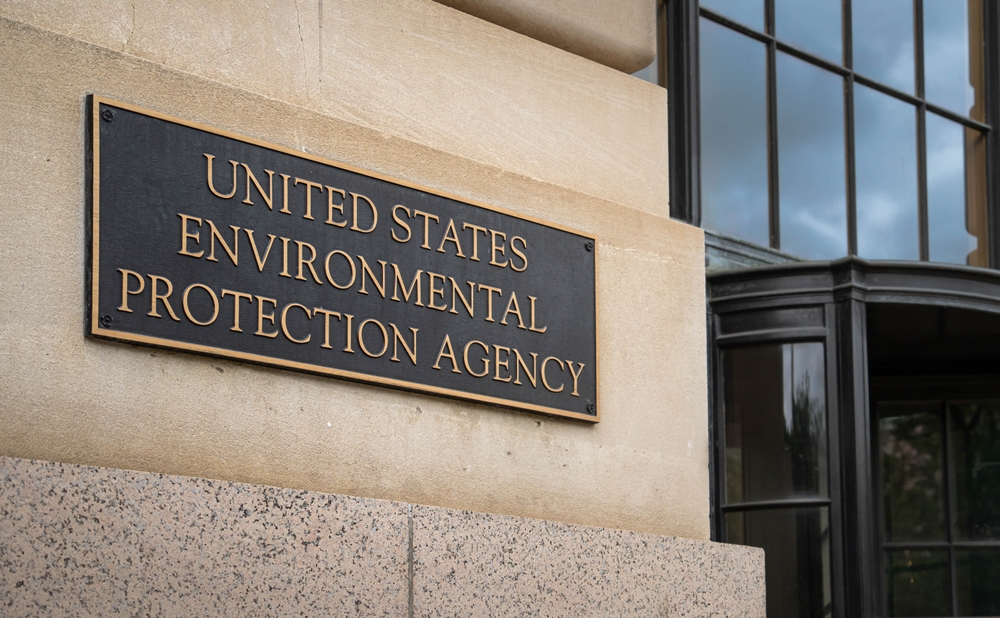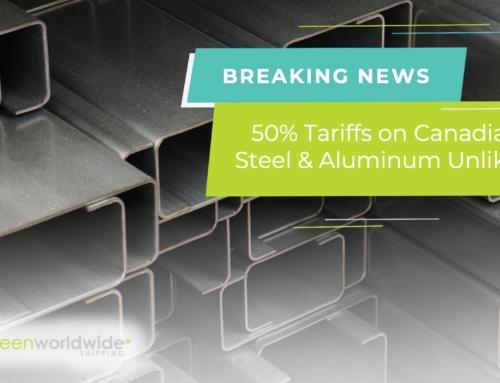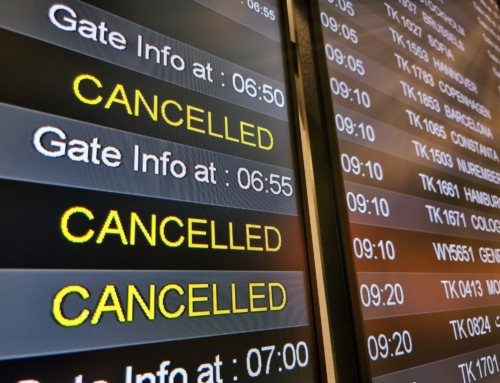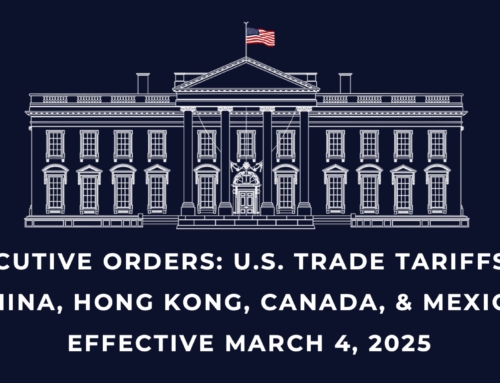EPA RULING: PHASEDOWN OF HYDROFLUOROCARBONS
The EPA recently published a ruling regarding global warming potential (GWP) from hydrofluorocarbons (HFCs) being imported to or manufactured in the United States. The ruling includes new restrictions that take effect on January 1, 2025, prohibiting the manufacturing and importing of products that utilize higher-GWP HFCs. The EPA’s ruling also bans the sale, distribution, and export of those products three years after the initial restrictions take effect.
“This final rule supports our transition away from HFCs and positions our nation to be competitive on the global stage, while the proposed emissions reduction and reclamation program will help ensure we achieve our national HFC phasedown.”
Michael S. Regan | EPA Administrator
The new restriction is part of the American Innovation and Manufacturing (AIM) Act that was enacted in December of 2020. The goal of the AIM Act is to reduce quantities of HFCs in use in the United States to 60% of the historical baseline in 2024 and 30% of the baseline in 2029. This new rule supports those reduction goals by guiding sectors to lower GWP components and products as they become more available and legacy systems are removed from service.
IMPACT
The restrictions apply to equipment manufacturers and distributors involved with HVAC systems, aerosols, fire suppression, foam blowing, and other sectors. The products under restrictions must also include labeling that indicates the HFC being used along with manufacturing details of the item. Reporting must be submitted to the EPA within 90 days of the end of the calendar year; the first reports of 2025 will be due to the EPA on March 31, 2026.
HFCs are potent greenhouse gases intentionally developed as replacements for ozone-depleting substances in the refrigeration and air conditioning, aerosols, fire suppression, foam blowing, and other sectors. They have global warming potentials (GWPs; a measure of the relative climate impact of a greenhouse gas) that can be hundreds to thousands of times greater than that of carbon dioxide.
EPA.gov
LEGACY & EXEMPTIONS
The EPA ruling provides stipulations for legacy systems that currently utilize the newly restricted components and products. The goal of the exceptions for legacy systems is to ease the transition over the next several years away from the high GWP HFCs. The EPA has also placed exemptions in the rule for select applications including metered dose inhalers, defense sprays, foam for marine and trailer purposes, semiconductors, critical military uses, and aerospace fire suppression systems.
EXPECTED BENEFITS
This regulation promises to deliver both reductions in greenhouse gas emissions and cost savings for American consumers and industries, achieved through improved energy efficiency and more economical alternatives. According to EPA estimates, the rule is anticipated to yield emissions reductions of up to 876 million metric tons of carbon dioxide equivalent by 2050. The associated climate change mitigation benefits alone are estimated to reach as high as $50.4 billion in 2020 dollars. Beyond the environmental gains, the rule is projected to offer substantial cost savings of up to $4.5 billion to consumers and businesses. This economic benefit is primarily driven by the affordability of substitutes for HFCs and the enhanced energy efficiency of products utilizing lower-GWP alternatives.
Stay up-to-date on freight news with Green’s Weekly Freight Market Update by following us on Facebook, Instagram, and LinkedIn. For continuous updates, make sure to check out our website at greenworldwide.com.






